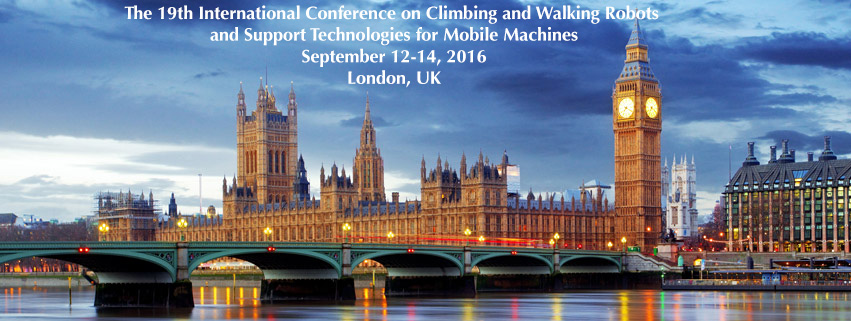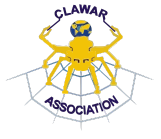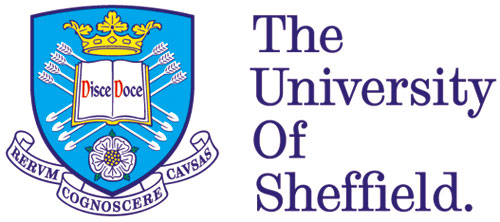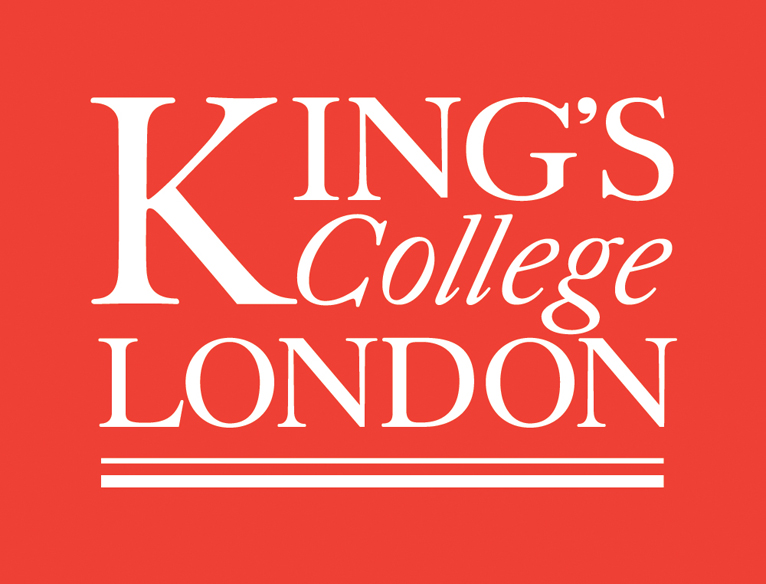The 19th International Conference on Climbing and Walking Robots and Support Technologies for Mobile Machines (CLAWAR 2016), will be held in London, United Kingdom, September 12 – 14, 2016. The venue for CLAWAR 2016 is Queen Mary University. The conference will feature technical and social programs. The technical program will comprise plenaries, regular and special/invited sessions, industrial robot exhibition, robot competition and social activities for attendees and guests. The conference proceedings will be produced in hard copy as well on USB drive. The hard copy proceedings will be published by the World Scientific Publishing Company.
 |
Prof. Seth Hutchinson
Dept. of Electrical and Computer Engineering
University of Illinois, USA
Talk title: Design, Modeling and Control of a Biologically-Inspired Bat Robot
Abstract: In this talk, I will describe our recent progress building a biologically-inspired bat robot. Bats have a complex skeletal morphology, with both ball-and-socket and revolute joints that interconnect the bones and muscles to create a musculoskeletal system with over 40 degrees of freedom, some of which are passive. Replicating this biological system in a small, lightweight, low-power air vehicle is not only infeasible, but also undesirable; trajectory planning and control for such a system would be intractable, precluding any possibility for synthesizing complex agile maneuvers, or for real-time control. Thus, our goal is to design a robot whose kinematic structure is topologically much simpler than a bat’s, while still providing the ability to mimic the bat-wing morphology during flapping flight, and to find optimal trajectories that exploit the natural system dynamics, enabling effective controller design.
The kinematic design of our robot is driven by motion capture experiments using live bats. In particular, we use principal component analysis to capture the essential bat-wing shape information, and solve a nonlinear optimization problem to determine the optimal kinematic parameters for a simplified parallel kinematic wing structure. We then derive the Lagrangian dynamic equations for this system, including inertial and aerodynamic forces. We use a shooting-based optimizer to locate physically feasible, periodic solutions to this system, and an event-based control scheme is then derived in order to track the desired trajectory. We demonstrate our results with flight experiments on our robotic bat.
|
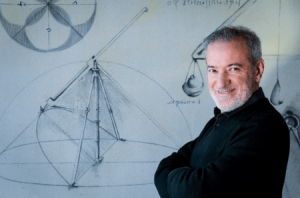 |
Gianmarco Veruggio
Operational Unit of Genoa of CNR-IEIIT
Istituto di Elettronica e di Ingegneria dell’Informazione e delle Telecomunicazioni
CNR-IEIIT, Genova, Italia
Talk title: Roboethics – Focus on Drones
Abstract: The presentation, after an introduction on Roboethics, outlines the new issues posed by the increasing spread of the use of drones beyond the scope of their traditional employments for research and military aims. The Speaker explains why new and updated regulatory rules are needed because of the widespread use of drone consumer market. Furthermore, ethical, legal and societal aspects (ELSA) of employment of drones should be deeply discussed due to the massive use of drones in the so called “war on terror”. Actually, most of these issues arise from the military origin of the UAV (Unmanned Aerial Vehicle). But also their civilian use poses important problems of safety, privacy, anonymity and secrecy. |
 |
Prof. Satoshi Tadokoro
Human-Robot Informatics Laboratory
Tohoku University, Japan
Talk title: Disaster Robotics
Abstract: The Great Eastern Japan Earthquake was the first disaster where many robotic systems were used for disaster response and recovery. It is predicted that robotic systems become essential solutions in the near future. In this speech, special topics related to disaster robots and systems will be introduced.
|
 |
Prof. Jian S. Dai
Chair of Mechanisms and Robotics
School of Natural and Mathematical Sciences
King’s College London, University of London, UK
Talk title: Kinematics That Entails Reconfigurable Mechanisms
Abstract: This talk presents the study of kinematics and screw theories and their relations to Lie groups and Lie algebra through finite screws and is to be followed by the kinematics entailed reconfigurable mechanisms and robots. The intrinsic theory in the kinematics study provides a foundation of development of reconfigurable mechanisms and robots in their various forms, leading to a two-decade innovation in metamorphic mechanisms, reconfigurable robots and evolutionary parallel robots. With change of order of a screw system, the mechanism changes its mobility and presents its different topologies. Extensive applications of the reconfigurable mechanisms and robots are to be presented in the aspects of assembly, packaging, food industry, domestic robots, walking robots, and medical robots, with the current state of the art of reconfigurable mechanisms and robots. |
Sponsors will be announced soon…
General Enquiries
Email: clawar2016 AT clawar DOT org
